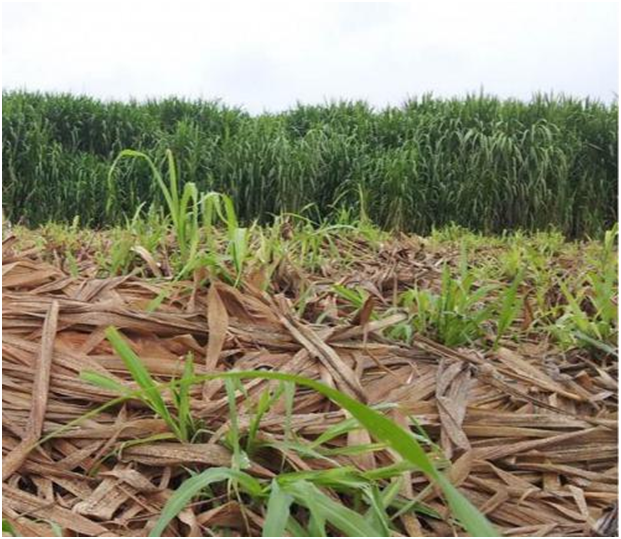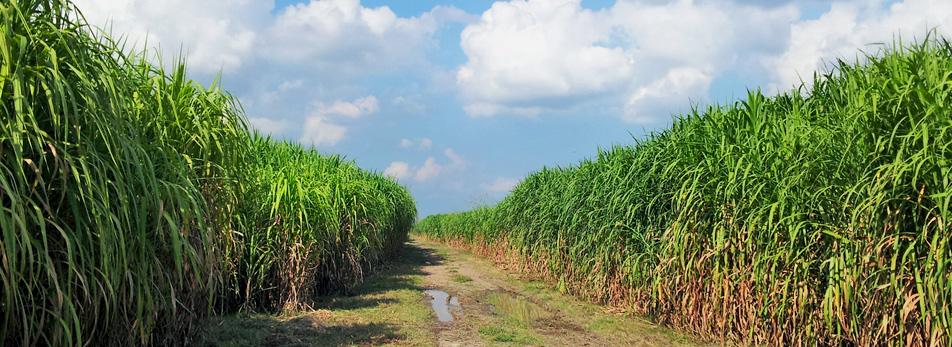
Why bioenergy crops (already) met expectations?
Perennial bioenergy crops can mitigate climate change emissions with very high savings of CO2 when cultivated on marginal lands. Find out why bioenergy crops already met expectations.
One of these is an open-source and highly reputed scientific authored by scientists. (Colorado State University, USDA-ARS, Institute of Biological & Environmental Sciences, University of Aberdeen, University of Manchester, University of São Paulo (Brazil), University of Antwerp, Wilrijk, Belgium, Aberystwyth University and Centre for Ecology & Hydrology and, Lancaster Environment Centre, Lancaster (UK).
They concluded that the GHG balance of perennial bioenergy crop cultivation would often be favorable. Maximum GHG savings can be achieved where crops are grown on soils with low carbon stocks and conservative nutrient application. Furthermore, it could accrue additional environmental benefits such as improved water quality. Many climate stabilization scenarios suggest that the wide-scale deployment of bioenergy systems shall consider carbon capture and storage (BECCS). This will be necessary to correct the emissions overshoot and keep future atmospheric GHG concentrations at levels below that implied in the <2 °C target (430–480 ppm CO2-eq)
The strength of evidence “for” and “against” on 6 statements was explored through consideration of exemplar projects during workshops. Also, through additional literature review and data analysis. The statements explored are as follows:
- N2O emissions from perennial crops strongly depend on the previous land use with the greatest risk of large emissions during crop establishment.
- Planting perennial bioenergy crops on low-carbon soil will minimize soil carbon losses in the short term and promote soil carbon sequestration in the long term.
- Variability in soil carbon stock changes influences the life-cycle GHG balance of bioenergy production much more than variability in nitrogen-related emissions over most common assessment timescales.
- Perennial bioenergy crops can provide substantial climate mitigation when used to replace fossil fuels but land-use tensions must be mitigated.
- Perennial bioenergy crops marginally reduce water availability at a landscape scale but improve water quality through reduced nitrate leaching.
- Ecosystem process-based models are essential for assessing bioenergy viability and environmental performance at landscape and regional scales. However, they have only recently been applied to evaluate specific land-use policies and strategies.

Considered in a whole life-cycle context, these approaches have delivered robust evidence that bioenergy produced from dedicated perennial feedstocks can deliver significant GHG savings compared to fossil fuel systems.
The research resulted in a mature and increasingly comprehensive evidence base on the environmental benefits and risks of bioenergy cultivation. This evidence base has the potential to aid in the development of a diverse and sustainable bioenergy industry.
Download the paper here.

